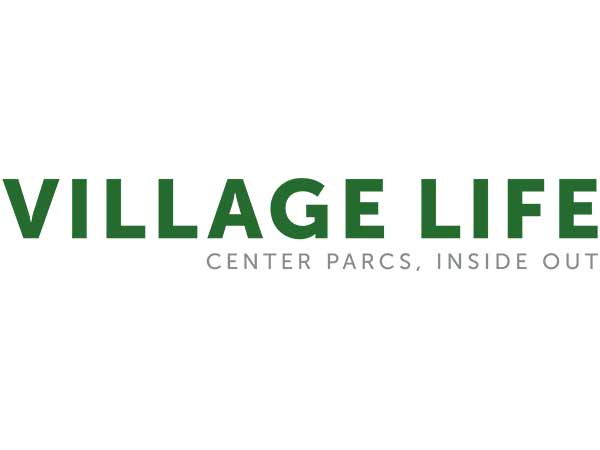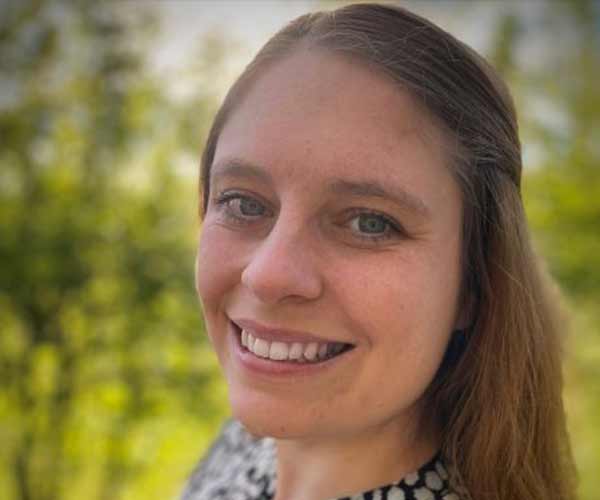Why did the toad cross the road?
- Body Content
-
Toads are usually solitary creatures, hiding away during the day and only venturing out as the sunlight fades. But as winter turns to spring, huge numbers of toads can be seen on paths, roads and near the water’s edge up and down the country. The exact dates (or even months) are unpredictable and vary from year to year and location to location, but the ideal conditions are when the temperature reaches around 7°C, combined with the damp ground.
You could be forgiven for assuming that, like all of us, they are simply celebrating the lighter nights and warmer weather, but these amorous amphibians are actually waiting for a mate. The males will sit close to the water and wait for the females to approach – after mating, the females lay their eggs in the nearby water and, around two to four weeks later, we start to see tadpoles emerging.
Like with the weather conditions, toads are extremely picky about their breeding ground and will return to the same location year after year. As Center Parcs Sherwood Forest’s Senior Conservation Ranger Mike Hill explains, they don’t really notice the dangers around them.
“Unfortunately, every year we see quite a few casualties during the toad migration,” says Mike. “They tend to come out and gather in the dusk and overnight and they have a habit of looking like leaves when they sit very still. Whilst that might be a great camouflage from predators, it does make them much harder to see, especially for guests who might be cycling back to their lodge in the evening.”
But, in one of the few positives to be found in the UK’s lockdowns, at Sherwood Forest Mike has noticed an increase in the number of toads, frogs and newts travelling to their breeding grounds this year: “We’ve now been closed for two mating periods, which has meant there have been far fewer casualties. This year, for the first time, I’ve been conducting torch surveys around our waterways and, over a two-week period I counted around 370 toads. Of course, I’ll never be able to spot them all, so that number is probably higher, but it’s great to have a base point to measure from in years to come.”
Torch surveys involve using a powerful torch to search the waterways after dark and count the number of toads and other amphibians. They’re useful for estimating population size, but they also play another important role in our conservation plans.
“The torch surveys will show us which of our waterways are most popular with the toads and which ones aren’t really being used much,” explains Mike. “Not only does that allow us to put our efforts into enhancing and maintaining those environments, but it also helps us identify where the peak spots will be during the journey, so we can make sure we’re doing all we can to keep the toads safe.”
Regular guests may be used to seeing signs around the villages warning of toads crossing, and Conservation Rangers take every opportunity to educate families on how to spot toads. Mike will also regularly travel around the village looking for toads and, when he finds them, moving them to a safer place.
“It’s so important that we try and protect our toad population – they might not be the cutest of our resident wildlife but they still deserve our protection,” says Mike. “I’ll be heading out myself to volunteer at my local park, helping with their surveys and moving toads to safer places. I’d encourage everyone to speak to your local Wildlife Trust and see whether there’s anything you can do to help, whether that’s volunteering in person, making a donation to support their work or just being aware of toads on the road at this time of year.”





